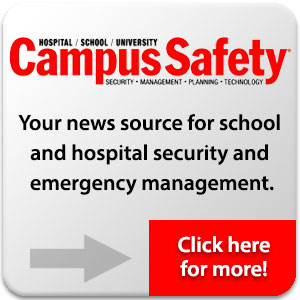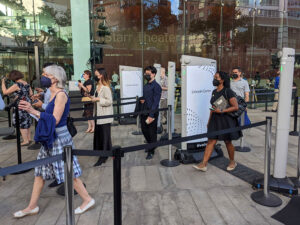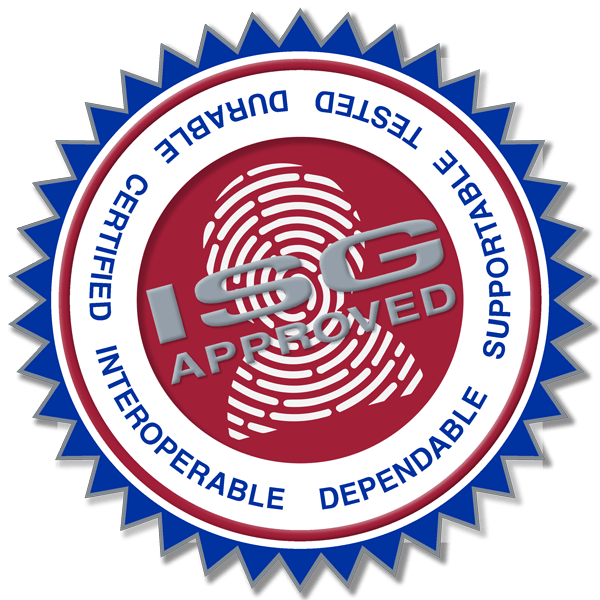Re-posted with permission from Campus Safety Magazine and edited.
Continued from last week’s post…
When a crisis happens, would you know how to respond appropriately? What about your administrators, teachers, front office staff, custodians, food service personnel and bus drivers? Have you assessed, measured and validated your campus or district’s ability to respond? What about your unarmed security personnel – your first line of defense in the day-to-day affairs of your school?
Below is a continuation of some of the additional roles that unarmed security personnel can do to assist with an active attacker situation, and even other on-campus emergency incidents.
6. Liaison with Police
Security professionals can help keep administrators out of the scene by serving as a conduit of information between the organization and law enforcement. They can also provide key resources like building maps and floor plans, keys and camera recordings, as well as enlist the services of support facilities that might serve as make-shift command and control sites, evacuation and reunification centers, and rehab areas for responders.
7. High Visibility
Positioning security personnel in high-visibility locations around the remainder of the campus can reassure students/staff. If the campus has a medical center, security personnel can also assist in maintaining order there and keep unauthorized people out of patient treatment areas.
8. Traffic Control
Outer perimeter traffic control can help manage vehicle and pedestrian access, and give priority to emergency responders. Having security officers fill this role frees up police officers to handle other duties, while helping ensure traffic lanes are kept free for responders and medical transports.
9. Rescue Teams
If properly trained and equipped, security officers can serve as emergency medical personnel on rescue teams that go into the scene to render aide and bring out victims. They can also work alongside other medical professionals to assist as needed with fetching supplies, handling communications and more.
10. Security Sweeps
While an attack might have taken place at one location, it doesn’t mean there might not be other threats, such as an improvised explosive device that was planted, but did not detonate. Trained security officers can perform safety sweeps of evacuation routes, evacuation and reunification centers, around the incident command post and other facilities on the campus.
11. Incident Command
For the first few minutes, a security officer might be the de facto incident commander while police respond and the first officer or two go in to address a threat. In this role, the security officer can help coordinate the response, direct responding units on the location of the attacker(s) and any officers who have already gone in, and then brief those who will eventually take over the IC/Unified Command role.
Talk to an ISG Expert
Your local ISG dealer can assist your security personnel with solutions that can help them better perform their job, both in emergency situations and in their daily routines. From access control and identification issuance to video surveillance and visitor management, the ISG can provide your staff with the tools they need to keep your campus safe and secure. They can also provide local training and support for all authorized staff.
Contact your local ISG dealer today to discuss your specific needs.
Original article written by Stephen Lopez for Campus Safety Magazine


